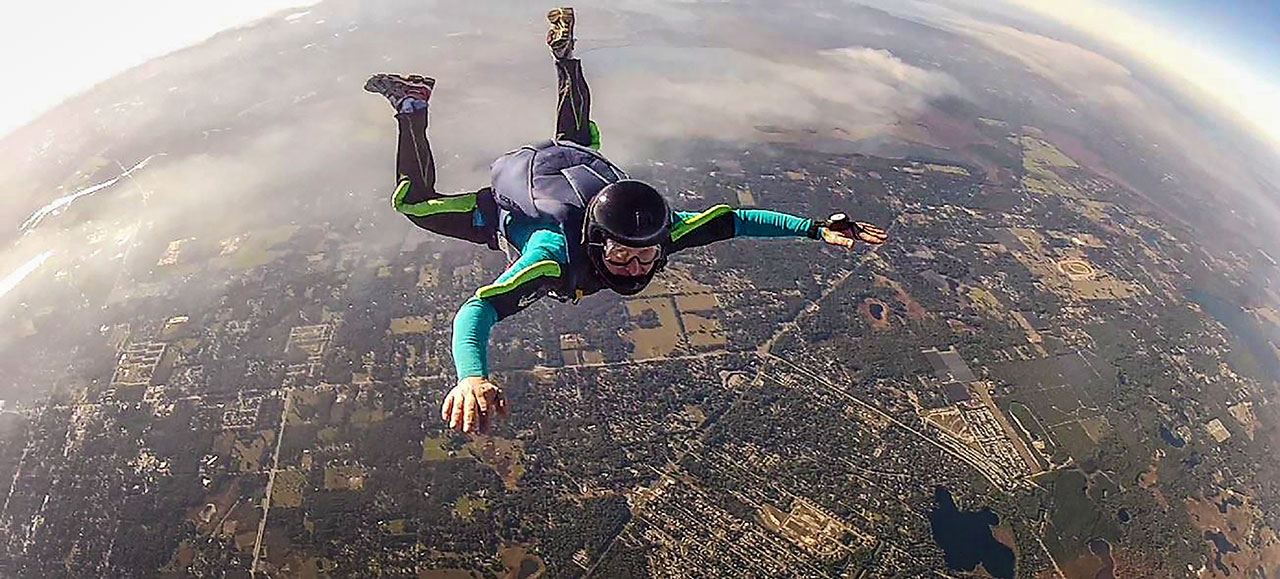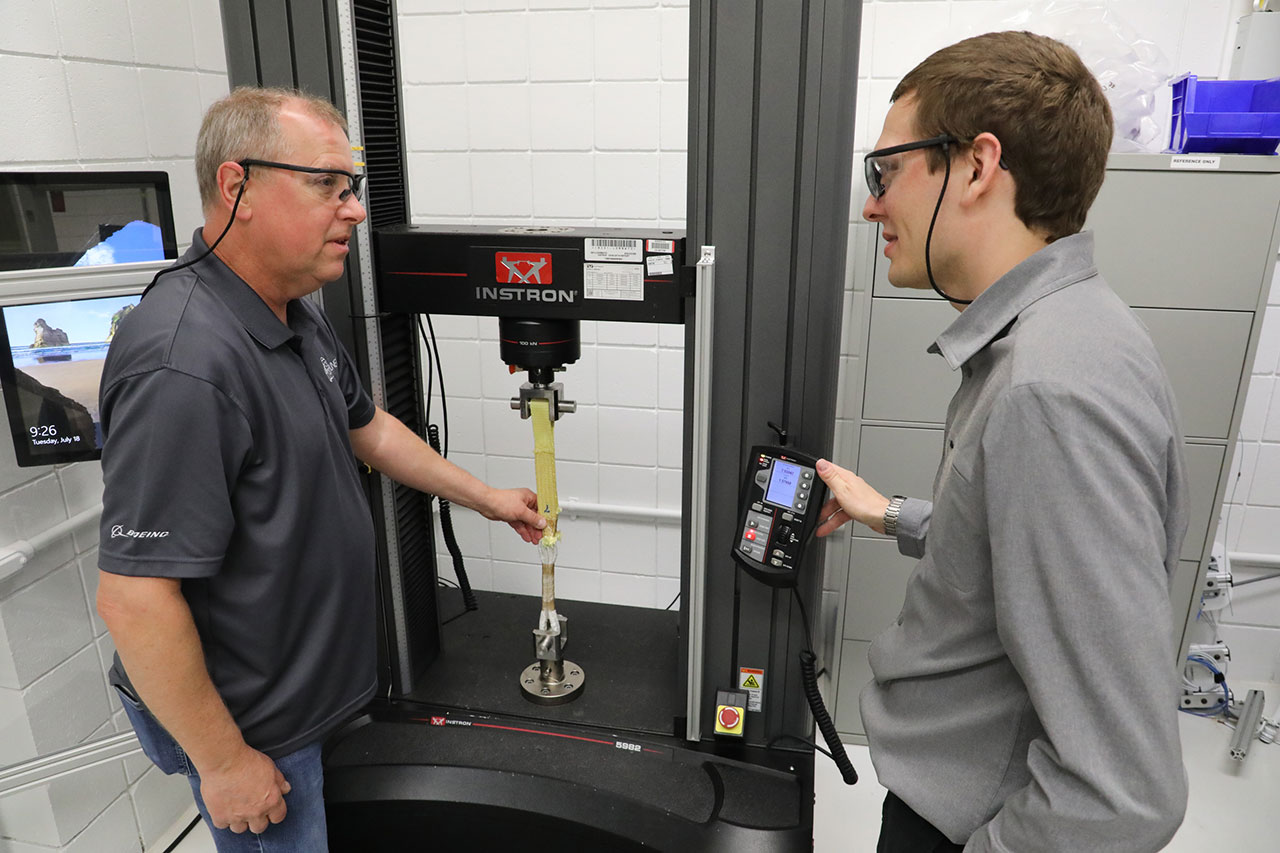When Boeing engineer Ty Bowen skydives, his mind goes straight to the technical side of parachutes and how he can make them better and safer.
It’s been that way ever since his first jump in college, where the then-mechanical engineering technology major completed about 300 skydives.
More than 2,000 skydives later, that love of all things parachutes hasn’t stopped. As a parachute systems engineer for the CST-100 Starliner program, Bowen draws on a 32-year career spent designing, building, repairing, packing and maintaining parachute equipment. He has worked on a variety of parachutes, from solid rocket booster and orbiter drag chutes during the space shuttle program, to those used by sport and military skydivers.
A Federal Aviation Administration-certified master parachute rigger who has his name on several patents, Bowen has designs and parachute equipment he worked on that are being used by all U.S. military branches and many NATO allies across the world for special operations.
Hired by Boeing in January 2022, prior to the Starliner’s second Orbital Flight Test, for his expertise in large parachute systems, Bowen has been working to enhance the spacecraft’s parachute system. He has provided support for various testing and is lead for the Silver Team, which helps to recover the parachutes and stabilize the spacecraft after landings.
More recently, he has helped with new ways to strengthen and enhance the safety margins of the Starliner parachute soft links. These are the connection points between the suspension lines and the risers, which consist of strong webbing that connect the parachutes to the vehicle. His work has included developing prototypes in his workshop using industrial-size sewing machines he purchased during the shuttle era. Bowen designed and developed various prototypes and then tested them on a tensile test machine at the Starliner’s Commercial Crew and Cargo Processing Facility in Florida.
He and other Boeing team members worked with Starliner’s parachute supplier and NASA to find solutions.
“I love designing solutions,” Bowen said. “I started looking at how to improve and make the system stronger while minimizing the mass and volume changes to the existing configuration.”
His extensive experience also helped enhance other aspects of the parachutes related to packing and installation.
Fellow parachute systems engineer John Pike has known Bowen for more than 15 years, having worked with him on the NASA Ares program. Pike came to Starliner in 2017 after spending 18 years with the U.S. Missile Defense Agency. He also had his own rigging company, working with NASA and others designing, building and testing parachute systems for military and civilian tests. He learned parachutes in the British military working mostly for special operations forces.

